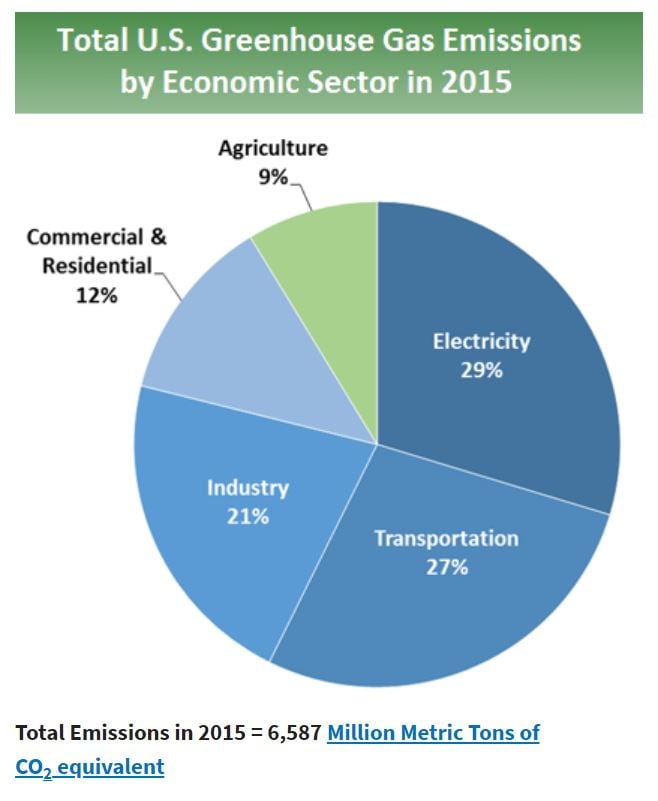The proposed bipartisan legislation comes as CERCLA will soon require farms to report their livestock manure emissions data - unless the bill passes.
“The CERCLA law soon will require farms to generate reports that regulatory agencies do not want and will not use – unless Congress legislates a change to the underlying law,” NMPF said.
“Congress needs to stipulate that this burdensome regulatory overreach serves no legitimate health or safety purpose, and needs to stop,” NMPF president and CEO Jim Mulhern said.
The CERCLA provisions were originally enacted to address accidental hazardous air emission emergencies from toxic waste sites. However, the US agricultural sector - including those in the dairy industry - have argued CERCLA emissions reporting was never intended to apply to dairy farms.
In 2008, the U.S. Environmental Protection Agency (EPA) exempted most farms from reporting the release of manure-related ammonia and hydrogen sulfide under both CERCLA and the Emergency Planning and Community Right to Know Act of 1986 (EPCRA), deeming such reports unnecessary.
In April 2017, the Washington D.C. Court of Appeals directed the removal of this exemption for dairy and other livestock operations from the two federal laws with a deadline of providing emissions data by January 2018. The deadline to report the data had been extended an additional 90 days allowing Congress to propose changes to the CERCLA legislation.
NMPF has also urged dairy producers to not file emissions reports until a legal decision has been made on the bill, but has also been preparing preliminary materials to assist dairy farmers in calculating emissions and filing reports if it becomes necessary.
What kind of emissions reporting framework is needed?

According to the EPA, the largest sources of greenhouse gas emission (GHGs) in 2015 came from burning fossil fuels for electricity (29%), transportation (27%), and industry (21%). The agricultural industry made up 9% of total greenhouse gas emissions in the US.
Methane (CH4) and nitrous oxide (N2O) are natural byproducts of normal digestive processes of livestock and represent nearly one-third of emissions from the US agriculture economic sector, the EPA reported.
“What the industry is arguing is that CERCLA and this Super Fund regulatory framework was not designed for CAFOs (concentrated animal feeding operation) and hence it shouldn’t adhere to it,” Ben Lilliston, director of rural strategies and climate change at the Institute for Agriculture and Trade Policy (IATP), told DairyReporter.
“I think when they wrote it, they weren’t thinking about CAFOs, but that doesn’t escape the question of what type of regularity framework should be in place to regulate their emissions from CAFOs?”
NMPF has come out and said that it and other animal agricultural associations would work with the EPA to develop “meaningful guidance for farms of all sizes.”
